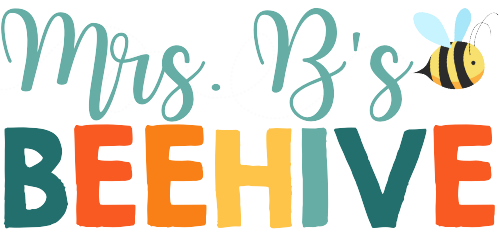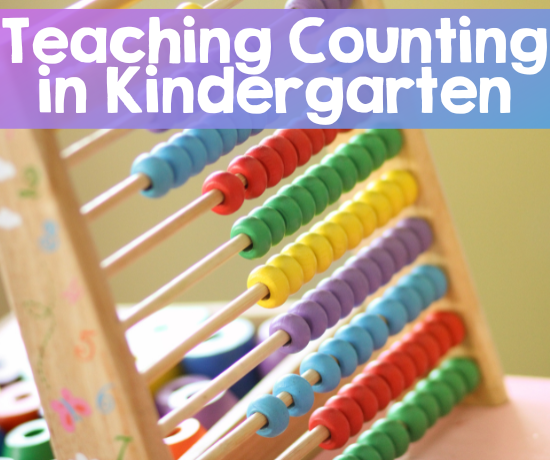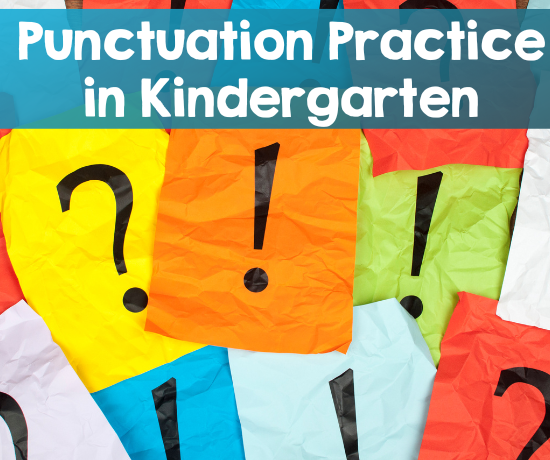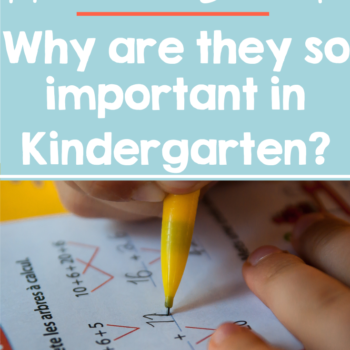Number bonds have become a staple in kindergarten classrooms, but why are they so important? From helping with fact family awareness to gaining decomposing skills, these visual tools help students develop a strong number sense.
What is a Number Bond?
As I’ve mentioned before, my mom is doing distance learning with my niece (1st grade) and nephew (4th grade). When she first started helping them she had no clue what a number bond was or why it would be helpful for my niece’s leaning.
I know a lot of parents have been in this boat trying to figure out these new educational terms that weren’t necessarily used when they were in school.
Even though we think of a number bond as a newer mathematical tool, the term has actually been around since the 1920s! It became more mainstream in the 1980s when it was included as a component of Singapore Math.
One of Singapore Math’s foundational concepts is teaching fewer topics in greater depth. After developing this system, Singapore saw their national math scores go through the roof.
With the success of Singapore Math, the United States looked to their system as guidance when creating the Common Core Math Standards. This lead to the widespread use of number bonds (among other tools) within the U.S. educational system.
The Benefits of the Number Bond
The awesome thing about number bonds is that they teach a lot of concepts all in one mathematical problem. Number bonds:
- Provides a mental picture that a number can be divided into “pieces.”
- Increases fact family fluency.
- Provides a foundation for more complex math strategies.
- Teach addition and subtraction at the same time.
Decomposing Numbers
Decomposing numbers has become a key mathematical concept in the lower grades. Understanding that 10 (for example) can be divided into 10+0, 9+1, 8+2, 7+3, 6+4, 5+5 is so foundational to many other math concepts.

(Picture from Kindergarten Early Finisher Task Cards – April)
Once you have this base of knowledge you can expand on it. In first-grade, a student might see an additional problem of 5+8. If they know that 8 can be broken into 5 and 3, they can add the 5’s together and then add the 3 to easily come up with 13.

(Picture from 1st Grade Early Finisher Task Cards- May)
Second grade builds on this skill as well. I found this video by Danielle the Tutor about when to actually use the number bond strategy with more complex problems, and I thought it was excellent!
Learning the number bond strategy and becoming fluent in decomposing numbers is a life-long skill students need!
Fact Families
Number bonds also work well for internalizing fact families! Students begin to memorize the patterns they see when they get lots of practice completing number bonds.
With a number bond students are learning that 6+1=7. They are also internalizing the fact that if you want to get to the number 7 and you already have 6, you only need 1 more!
Teaching Order
Manipulatives
Before you can think about numerals in an abstract way and use mental math, you need to start with manipulatives.
Working with counters should start in the very first week of school. Kindergarten students need to have one-to-one number correspondence before they move onto the next skill. Students should be able to:
- Count to tell how many objects both within a straight line and also randomized.
- Be given a number and produce that amount of counters.
- Touch each counter and say the number name without skipping any numerals.
- Match numbers – can you give each bear a button?
Students need LOTS of counting practice in the beginning. Give them a random number and have them add that many counters to their number bond in kindergarten.

I also created a simple little Google Slides activity that you can use with your students if they are distance learning. Just give them a number, have them count the correct objects into the big circle. Ask them to separate the number into the 2 smaller parts and then discuss the variations they came up with.
Addition
Once students have had a ton of practice using manipulatives, it’s time to add objects together. Ask students to add to the smaller circles. Once they have done that, they can practice moving everything together to add.
After students have a firm grip on addition with manipulatives, it’s time to move on to addition with numerals! Here’s a fun Boom Card deck that gives students TONS of practice with number bond addition.
Boom Cards – Number Bond Addition to 10
Subtraction
Finally, we move on to subtraction (or missing addends). This is definitely the most challenging step of number bond learning but if your students have a strong base in the manipulative and addition section this part should be a breeze.
Check out the free resource I made for you guys in the link below that has tons of number bond practice! I was going to make a quick 1 or 2 page freebie, and then all of a sudden it’s like 10 pages! Oopsie!!
Number Bond Practice Worksheets
I hope this post gave you a little bit more information about number bonds and why they are helpful in providing kindergarten students with the fundamental mathematical skills they need!





